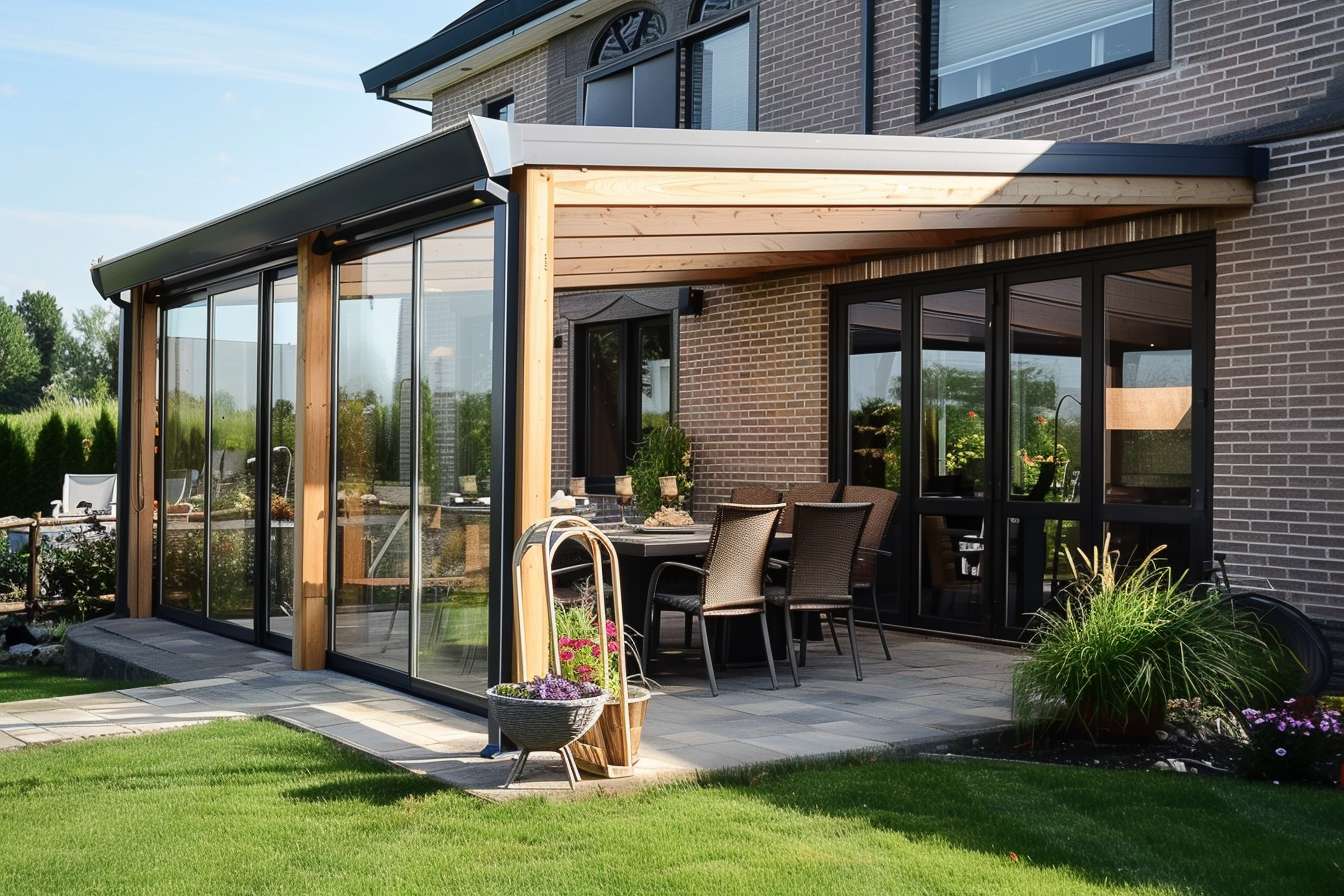Patio Enclosure Ideas: Benefits, Materials, and Installation
A patio enclosure transforms an ordinary outdoor area into a comfortable, year-round living space. Whether you want extra shade, insect protection, or a sunlit room that extends your home’s usable footprint, an enclosure can increase comfort and functionality. This article explains practical options, material choices, planning steps, and maintenance considerations to help you choose the right patio enclosure for your home.

What are the main benefits of adding a patio enclosure?
A patio enclosure offers several tangible benefits: extended living space, improved privacy, and protection from weather and pests. Enclosed patios create usable rooms for dining, work, or relaxation without the full expense of a home addition. They can also increase energy efficiency by buffering interior walls from direct sun or wind. For homeowners with pets or young children, an enclosure provides a safer outdoor environment that still feels open and connected to nature.
Which materials work best for patio enclosures?
Common materials include aluminum framing with glass or polycarbonate panels, wood framing with insect screens, and vinyl or composite systems. Aluminum is low-maintenance and resists corrosion, while wood offers a warmer aesthetic but requires sealing or staining. Glass provides clear views and excellent insulation for colder months, whereas polycarbonate is lighter, shatter-resistant, and filters UV light. Choose materials based on climate, maintenance tolerance, and the level of transparency or insulation you need.
How should you plan layout and design for functionality?
Start with how you intend to use the space—dining, lounging, gardening, or a home office—and plan circulation accordingly. Consider access points, furniture placement, and how natural light will shift across the day. Incorporate ventilation options like operable windows, ceiling fans, or screened panels to control airflow. If you anticipate using the space in cooler months, think about insulation, thermal breaks in framing, and provisions for heating. Thoughtful lighting and durable flooring will make the enclosure comfortable and practical year-round.
What permits and local services should you check?
Before building, check local building codes, setback rules, and whether a permit is required for a patio enclosure in your area. Permitting needs vary widely by municipality; some jurisdictions treat fully enclosed, conditioned spaces like additions, while screened porches may be exempt. Engage local services—architects, contractors, or building departments—for guidance on code compliance and inspections. Consulting experienced local services early can prevent costly rework and ensure structural safety and legal compliance.
What installation options are available and how do they differ?
Installation options range from DIY screen kits and modular sunrooms to fully custom-built enclosures installed by contractors. Prefabricated kits are cost-effective and quicker to install but may limit design flexibility. Custom builds allow tailored layouts, higher-quality materials, and integrated systems such as HVAC, but require more planning and professional labor. Consider foundation needs (slab, deck attachment, or free-standing), drainage, and how utilities will be routed. Hiring licensed installers can simplify permitting and provide warranties on workmanship.
How do you maintain and seasonally care for an enclosure?
Regular maintenance extends the life of your patio enclosure. Clean glass or polycarbonate panels seasonally to preserve clarity, and inspect seals and weatherstripping for wear. Lubricate sliding tracks, tighten fasteners, and check for corrosion or rot depending on material. In colder climates, prevent ice build-up on frames and ensure gutters and drainage remain clear to avoid water intrusion. For screened areas, repair tears promptly to keep insects out. Routine checks and minor repairs prevent small problems from becoming expensive fixes.
A well-planned patio enclosure can add functional square footage and improve your connection to the outdoors while offering protection and comfort. By selecting materials suited to your climate, following local permitting guidelines, and choosing the right installation approach, you can create a durable and inviting space that fits your lifestyle. Regular maintenance will keep the enclosure performing well for years to come, preserving both enjoyment and resale value.






